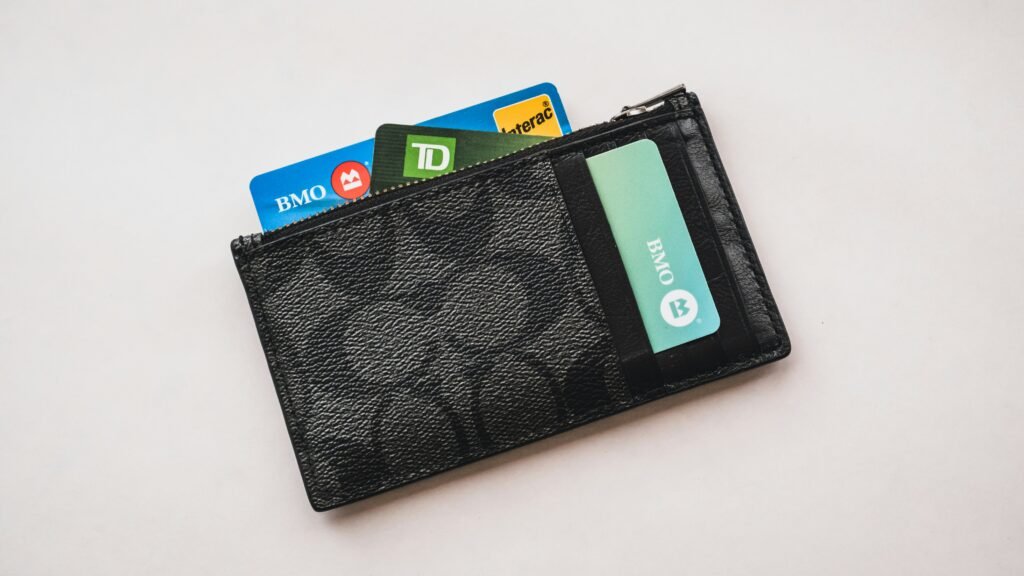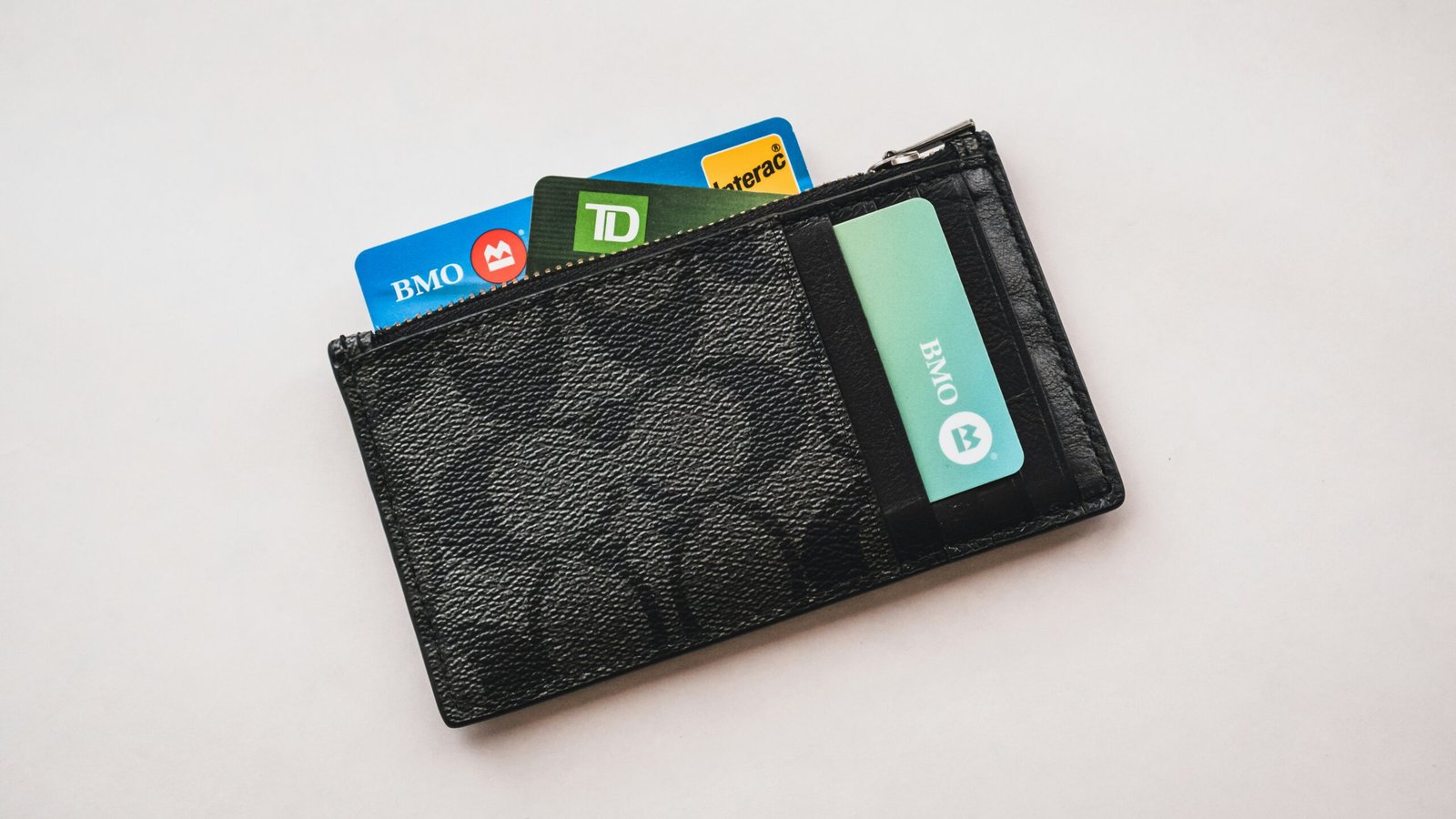If you’ve ever wondered how to get your insurance to cover Ozempic, you’ve come to the right place. Dealing with insurance can often feel like navigating a labyrinth, but fear not, as we’re here to guide you through the process and help you understand the steps you can take to increase your chances of getting this medication covered. Whether you’re curious about appeals, prior authorizations, or tips and tricks to navigate insurance requirements, we’ve got you covered. So, let’s break down the complexities of insurance coverage and set you on the path to getting your Ozempic covered hassle-free.
Understanding Ozempic
What is Ozempic?
Ozempic is a prescription medication used to treat type 2 diabetes. It belongs to a class of drugs called glucagon-like peptide-1 (GLP-1) receptor agonists. It works by stimulating insulin secretion, reducing glucagon production, slowing down the absorption of glucose, and promoting weight loss. Ozempic is administered once weekly through injection and is typically used in combination with a healthy diet and exercise.
Why is Ozempic prescribed?
Ozempic is prescribed for individuals with type 2 diabetes who are unable to control their blood sugar levels through diet and exercise alone. It is usually recommended when other oral medications have not been sufficient in managing the disease. Ozempic can help improve blood sugar control and reduce the risk of complications associated with uncontrolled diabetes, such as kidney damage, nerve damage, and heart disease.
Benefits of Ozempic
There are several benefits to using Ozempic for the treatment of type 2 diabetes. First and foremost, it can help lower blood sugar levels and maintain them within a target range. This can reduce the risk of long-term complications and improve overall health. Ozempic has also been shown to promote weight loss, which can be particularly beneficial for individuals who are overweight or obese. Additionally, it has a once-weekly dosing schedule, which can offer convenience and simplify medication management compared to daily medications.
Insurance Coverage Basics
Types of insurance coverage
When it comes to obtaining insurance coverage for Ozempic or any other medication, it is important to understand the types of coverage available. The two main types of insurance coverage are private insurance plans and government-funded programs. Private insurance plans are often offered through employers, while government-funded programs include Medicare and Medicaid. Understanding which type of coverage you have can help you navigate the process of getting Ozempic covered.
Understanding your insurance plan
Understanding the details of your insurance plan is crucial when it comes to getting Ozempic covered. Familiarize yourself with the terms of your plan, including the coverage limits, copayments, deductibles, and any specific requirements for coverage. This will allow you to make informed decisions and effectively communicate with your insurance provider.
Coverage criteria for medications
Each insurance plan has its own coverage criteria for medications. It is important to understand what these criteria are and whether you meet them. Criteria may include factors such as medical necessity, previous treatment failures, and specific blood sugar level thresholds. Knowing the coverage criteria can help you provide the necessary information to support your request for coverage.

Research Your Insurance Plan
Review your insurance policy
Start by reviewing your insurance policy thoroughly. Look for information specific to prescription medications, coverage limits, and any applicable requirements for prior authorization or step therapy. Understanding your policy will give you a clearer picture of what to expect and what steps you may need to take to get Ozempic covered.
Contact your insurance provider
If you have any questions or need clarification about your insurance coverage, it is important to contact your insurance provider directly. This can be done through a phone call or by accessing your insurance company’s online portal. Ask about the specific coverage details for Ozempic and any necessary steps you need to take to get it covered.
Understanding formulary lists
Insurance providers often maintain a list of covered medications known as a formulary list. This list categorizes medications by tiers, with each tier representing a different level of coverage and cost sharing. Ozempic may be included in a specific tier on your insurance plan’s formulary list. Understanding the formulary list can help you determine the coverage level and potential cost of Ozempic under your plan.
Talk to Your Doctor
Discuss the need for Ozempic
Schedule an appointment with your doctor to discuss the need for Ozempic. Share your concerns about blood sugar management and any difficulties you may have experienced with other medications. Your doctor can assess your specific condition and determine if Ozempic is an appropriate treatment option for you. They can also help you understand the potential benefits and risks associated with the medication.
Provide medical evidence
When discussing the need for Ozempic with your doctor, be prepared to provide any relevant medical evidence that supports your request for the medication. This may include documentation of previous treatment failures, blood sugar level records, or any other test results that demonstrate the necessity of Ozempic. Medical evidence can be crucial in supporting a request for coverage.
Consider alternative treatments
While Ozempic may be an effective treatment option, it is important to consider alternative treatments as well. Your doctor can discuss other medications or treatment approaches that may be suitable for your condition. It is important to have an open and honest conversation with your doctor to explore all available options before settling on a specific treatment plan.

Obtain Prior Authorization
Understanding prior authorization
Prior authorization is a process through which your insurance provider evaluates the medical necessity of a prescribed medication before agreeing to cover it. The process typically involves submitting documentation and supporting evidence to demonstrate the need for the medication. Ozempic may require prior authorization due to its cost or potential alternative treatment options.
Gather necessary documentation
To obtain prior authorization for Ozempic, gather all necessary documentation that supports the need for the medication. This may include medical records, test results, and a letter of medical necessity from your doctor. Make sure to follow your insurance provider’s guidelines and requirements for submitting the documentation.
Submit the prior authorization request
Once you have gathered all the required documentation, submit the prior authorization request to your insurance provider. This can typically be done online or by mail, depending on your insurance company’s preferred method. Keep copies of all documentation and communication related to the prior authorization request for your records.
Appeal a Denial
Understand the denial reason
In some cases, your request for coverage of Ozempic may be denied by your insurance provider. If this happens, it is important to understand the reason for the denial. The denial reason should be clearly stated in the notification you receive from your insurance provider. Understanding the reason will allow you to address any concerns and gather additional evidence if necessary.
Gather additional evidence
If your request for coverage is denied, gather any additional evidence that may support your appeal. This could include updated medical records, test results, or letters of support from healthcare professionals. Take note of any specific requirements or recommendations provided by your insurance provider when gathering the additional evidence.
Submit a formal appeal
Once you have gathered the necessary evidence, submit a formal appeal to your insurance provider. This can usually be done by completing an appeal form or writing a letter that outlines the reasons for your appeal and presents the new evidence. Follow your insurance provider’s instructions for submitting the appeal and keep copies of all documentation for your records.

Utilize Patient Assistance Programs
Research available patient assistance programs
Patient assistance programs are designed to help individuals who cannot afford the cost of their medication. Research and identify any available patient assistance programs that may offer financial support for Ozempic. These programs are often offered by pharmaceutical companies or nonprofit organizations and can provide discounts, coupons, or even free medication to eligible individuals.
Check eligibility requirements
Before applying for a patient assistance program, make sure to check the eligibility requirements. Every program has its own set of criteria, which may include factors such as income level, insurance status, and diagnosis. Ensure that you meet the requirements before proceeding with the application process.
Apply for program assistance
Once you have determined your eligibility, apply for the patient assistance program of your choice. The application process may require you to provide documentation to verify your eligibility and complete any necessary forms. Follow the instructions provided by the program and keep track of all communication and documentation related to your application.
Consider Generic Alternatives
Explore generic alternatives to Ozempic
Generic alternatives to Ozempic may be available and can offer cost savings. Talk to your doctor about generic options and whether they may be suitable for your condition. Generic medications contain the same active ingredients as their brand-name counterparts and are typically more affordable. Exploring generic alternatives can help reduce out-of-pocket expenses for your diabetes treatment.
Consult with your doctor
Before switching to a generic alternative, it is important to consult with your doctor. They can assess the effectiveness and safety of the generic medication and make sure it is appropriate for your specific condition. Your doctor can also provide guidance on dosage adjustments or other considerations when transitioning to a generic alternative.
Evaluate potential cost savings
Compare the cost of the generic alternative to Ozempic and evaluate the potential cost savings. Consider the coverage provided by your insurance plan and any copayments or deductibles that may apply. It is important to weigh the financial benefits against the effectiveness and safety of the medication when making a decision.

Seek Legal Advice
When to consider legal action
If you have encountered significant difficulties in getting your insurance to cover Ozempic despite following the necessary steps, it may be time to consider seeking legal advice. This could be the case if your insurance provider consistently denies coverage without valid reasons or if they fail to adequately respond to your appeals. Consulting with an attorney can help you understand your rights and explore potential legal remedies.
Consult with an attorney
When seeking legal advice, consult with an attorney who specializes in insurance law or healthcare law. They can evaluate your situation, review your documentation, and provide guidance on the best course of action. An attorney can also represent your interests during any legal proceedings or negotiations with your insurance provider.
Understand legal remedies
Through consultation with an attorney, you can gain a better understanding of the legal remedies available to you. This may include filing a complaint with a regulatory body, pursuing legal action against your insurance provider, or negotiating a settlement. Understanding your legal options can help you make an informed decision about how to proceed.
Be Persistent and Document Everything
Keep records of all communication
Throughout the process of trying to get your insurance to cover Ozempic, it is essential to keep thorough records of all communication. This includes emails, letters, phone calls, and any other documentation related to your insurance coverage. Having organized records will help you track the progress of your efforts and provide evidence if needed.
Follow up regularly
Persistence is key when dealing with insurance coverage matters. Regularly follow up with your insurance provider to check on the status of your requests, appeals, or prior authorizations. This will help ensure that your case is being actively addressed and can help identify any potential delays or issues that need to be resolved.
Stay organized and persistent
Lastly, stay organized and persistent throughout the process. Keep track of deadlines, submit requested documents promptly, and maintain open lines of communication with your insurance provider and healthcare team. Dealing with insurance coverage can be frustrating, but with persistence and organization, you can increase your chances of getting Ozempic covered.
In conclusion, understanding Ozempic, navigating insurance coverage, and advocating for your medication can be a complex process. By familiarizing yourself with your insurance plan, discussing the need for Ozempic with your doctor, pursuing prior authorization, exploring alternative options, and seeking legal advice if necessary, you can improve your chances of obtaining insurance coverage for Ozempic. Remember to be persistent, document everything, and stay proactive in your pursuit of optimal diabetes management.


